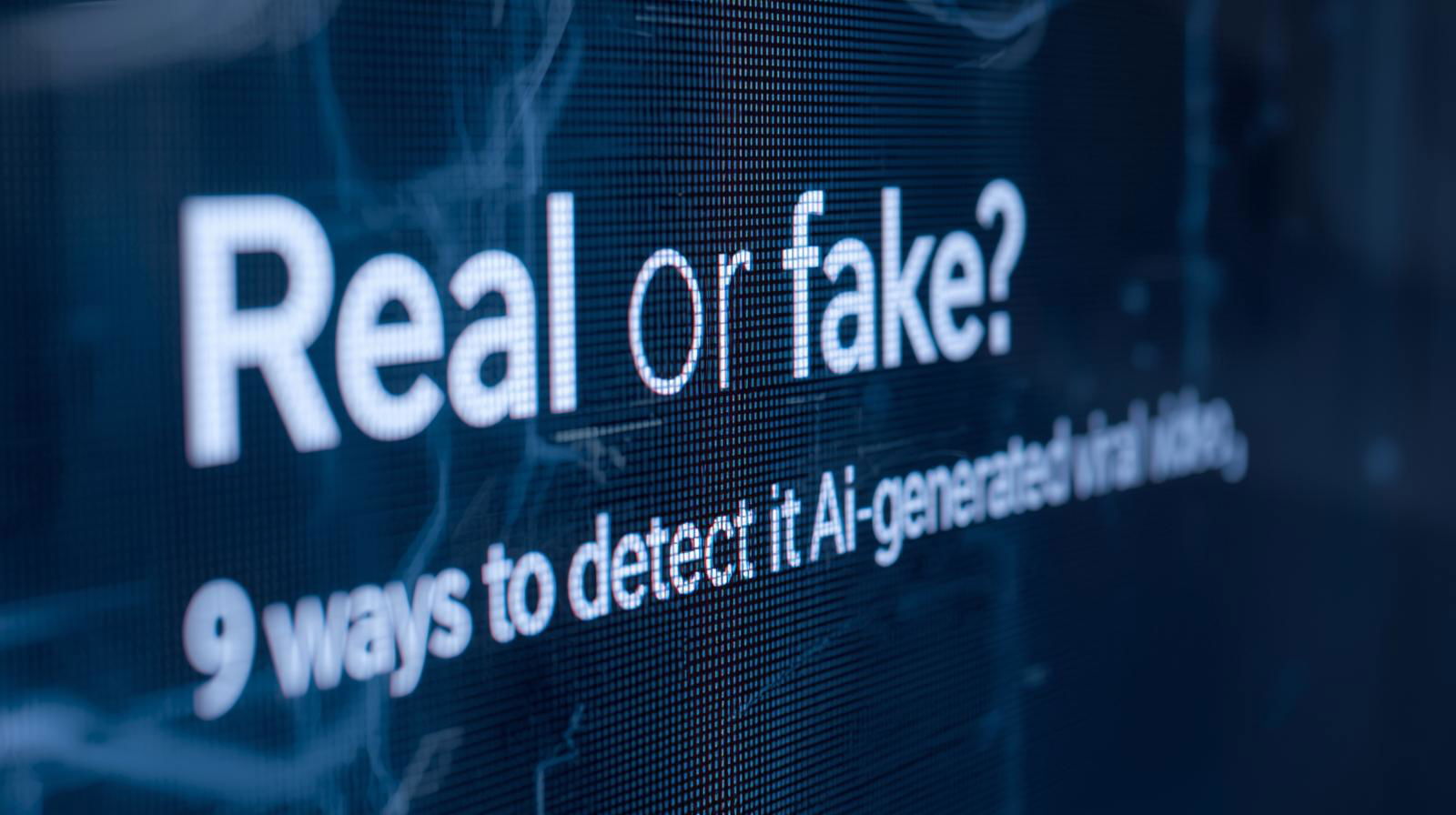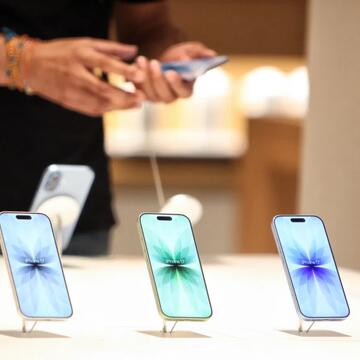From Instagram reels to YouTube videos, AI-generated videos are everywhere. Now, as a result, our feeds overflow with suspiciously perfect videos such as unbelievably charming animals bouncing on trampolines that have garnered millions of views across TikTok, Shorts, and Reels.
With AI content mixing smoothly into our scroll, it's not always clear what's real. So, how do you know if a viral video was created using artificial intelligence? Truthfully, there is no perfect checklist for identifying an AI-generated video.
"Even if I don't find the artifact, I can't be certain that it's real, and that's what we want," Negar Kamali, an AI research scientist at Northwestern University's Kellogg School of Management, told Mashable Tech Reporter Cecily Mauran last year.
Here are the 9 ways to detect an AI-generated video
1. Look at the context first
Many AI movies are staged in strange settings, particularly at night with an onyx-filter night vision. This isn't just for "aesthetic."
Dark filters effectively hide minor flaws and frame-to-frame irregularities that are frequent in AI footage.
2. Check for missing device hallmarks
Analyse the video for timestamps, brand logos, and interface overlays if it claims to be from a security feed or doorbell cam. Particularly suspicious if these are completely absent. However, the presence of these elements cannot ensure that the film is genuine.
3. Watch the physics
Real-world motion obeys real-world rules. Animals, for example, don’t execute perfectly timed, repetitive jumps for 10 seconds straight. Look, for example, at the tip of this whale, which literally sucks a worker into the deck of this ship.
4. Mind the runtime
Shorter clips give AI less time to expose its shortcomings. That's why so many viral synthetic videos end just as something looks "off." “If the video is 10 seconds long, be suspicious. There’s a reason why it’s short,” Hany Farid, a UC Berkeley professor of computer science and digital forensics expert, said to Mashable.
5. Listen for sound (or the lack of it)
Artificial clips frequently have suspiciously clean audio, mismatched ambient noise, or none at all. According to Aruna Sankaranarayanan, a research assistant at MIT's Computer Science and Artificial Intelligence Laboratory, fabrication and distortion of data can be difficult to eliminate. Silent or too clean soundscapes can be a major sign.
6. Spot AI-text artifacts
AI still struggles to produce something with a human feel. Check the frame for clothing, signage, or packaging containing twisted letters, odd symbols, or nonsense language. "If the image feels like clickbait, it is clickbait," Farid told Mashable.
7. Watch for impossible movements
Humans and animals experience minor weight shifts, unusual walking patterns, and small movements. AI creations frequently lack this elegance. And if you look closely, you can often see strange inconsistencies, such as numerous figures merging into one, or vice versa.
"The building added a story, or the car changed colors, things that are physically not possible," Farid told Mashable about temporal anomalies.
8. Look for watermarks
According to the report of Mashable, some AI video generators, including Sora and Veo 3, automatically embed watermarks or metadata to identify synthetic content. These marks can appear in corners, as faint overlays, or as hidden digital signatures in the file. While digital watermarks like SynthID from Google DeepMind are promising, watermarks can also be removed or cropped out of viral videos.
9. Check the account's history
Many AI animations are produced in large quantities by AI slop producers. If you come across a video that seems to be fake, look into the account which created it. Often, they'll release dozens, if not hundreds, of nearly similar AI films in a short period of time. That's a massive red alert that the video you just saw was created by AI.











